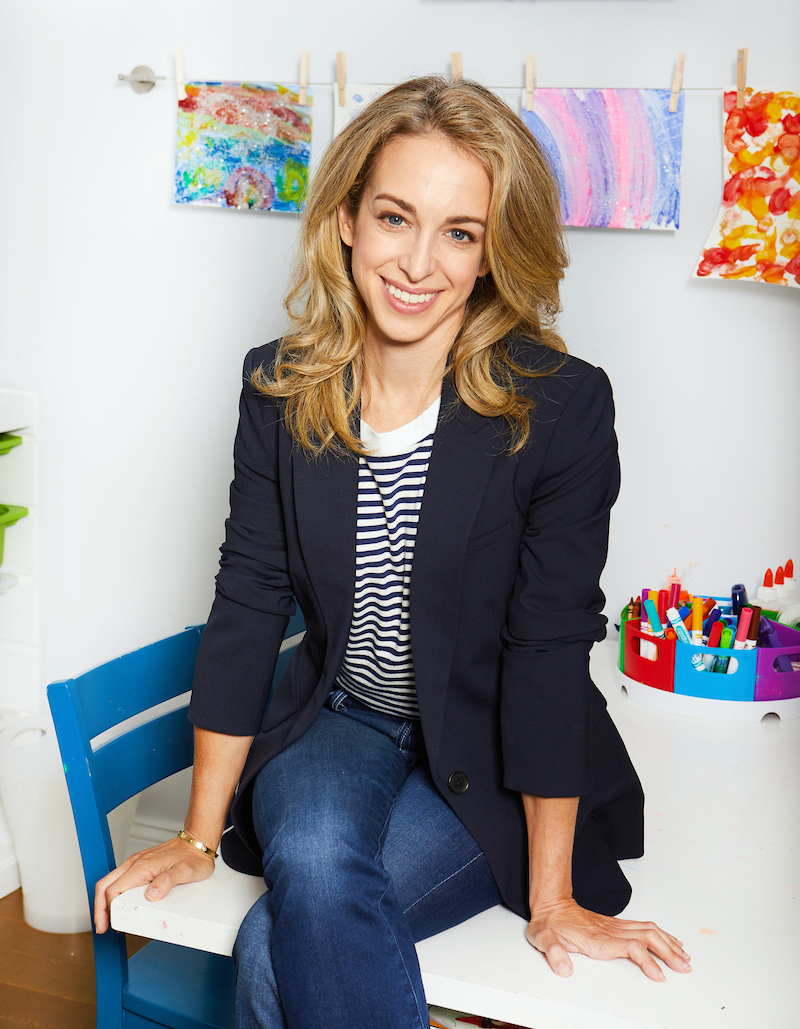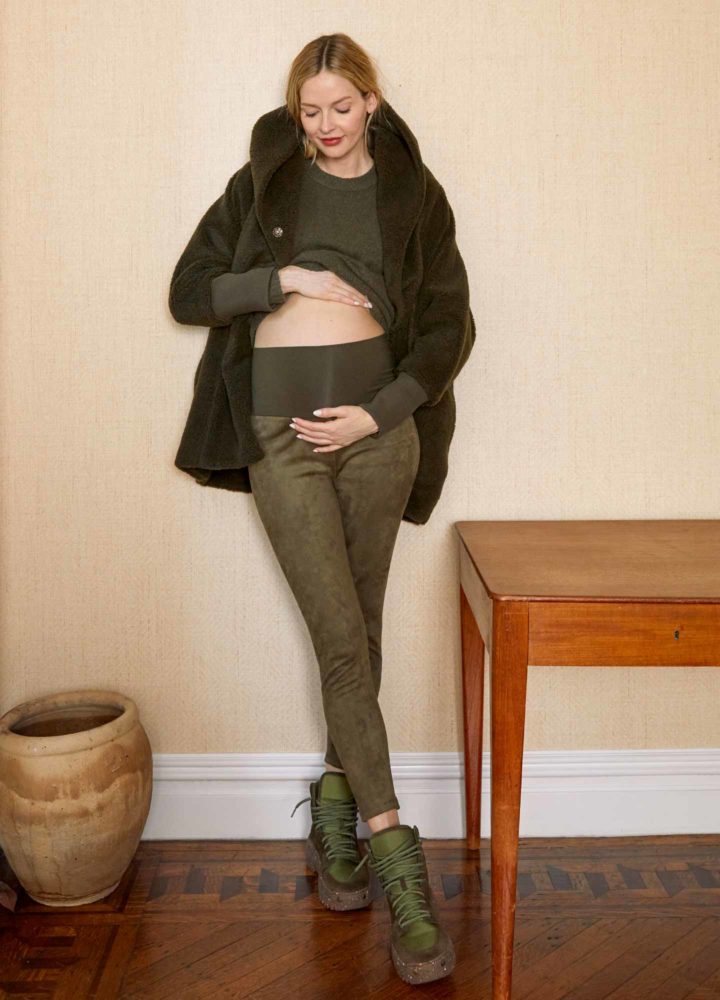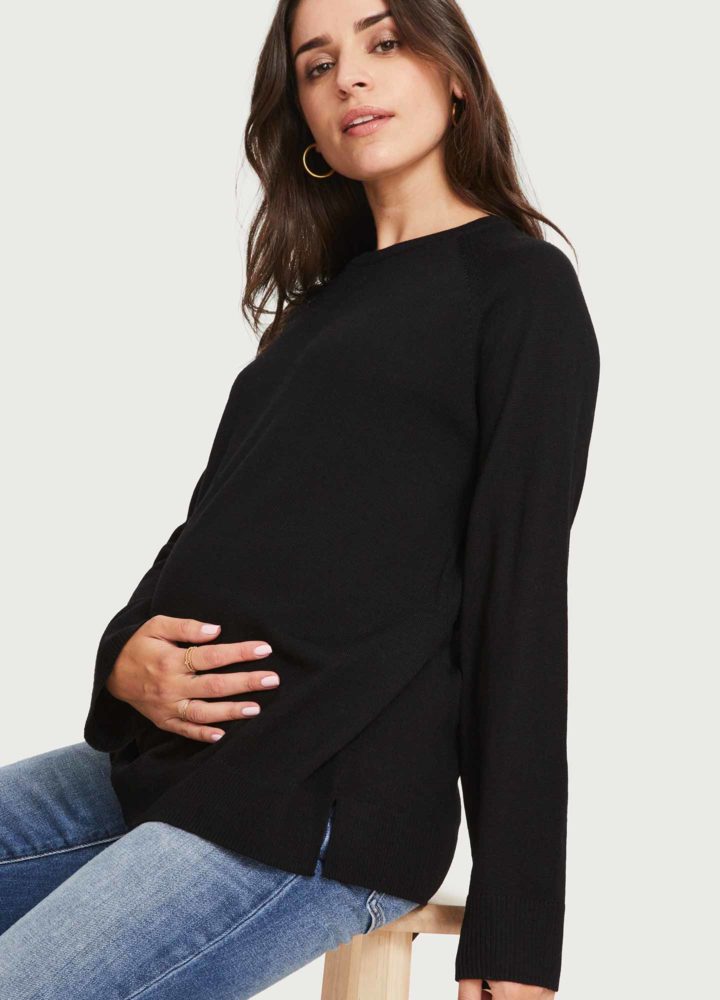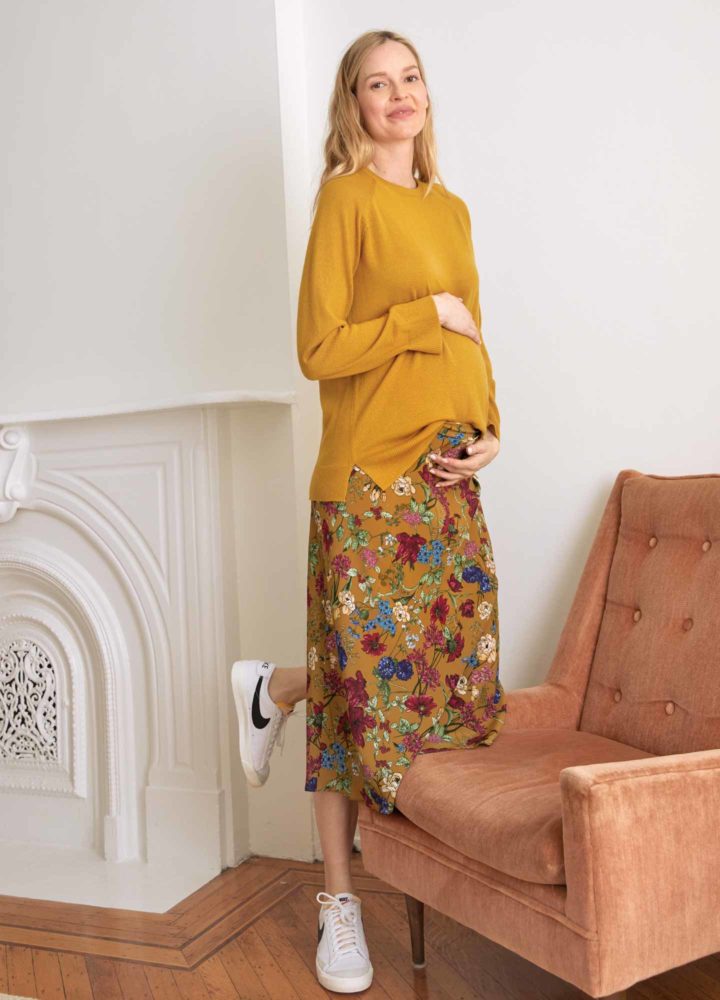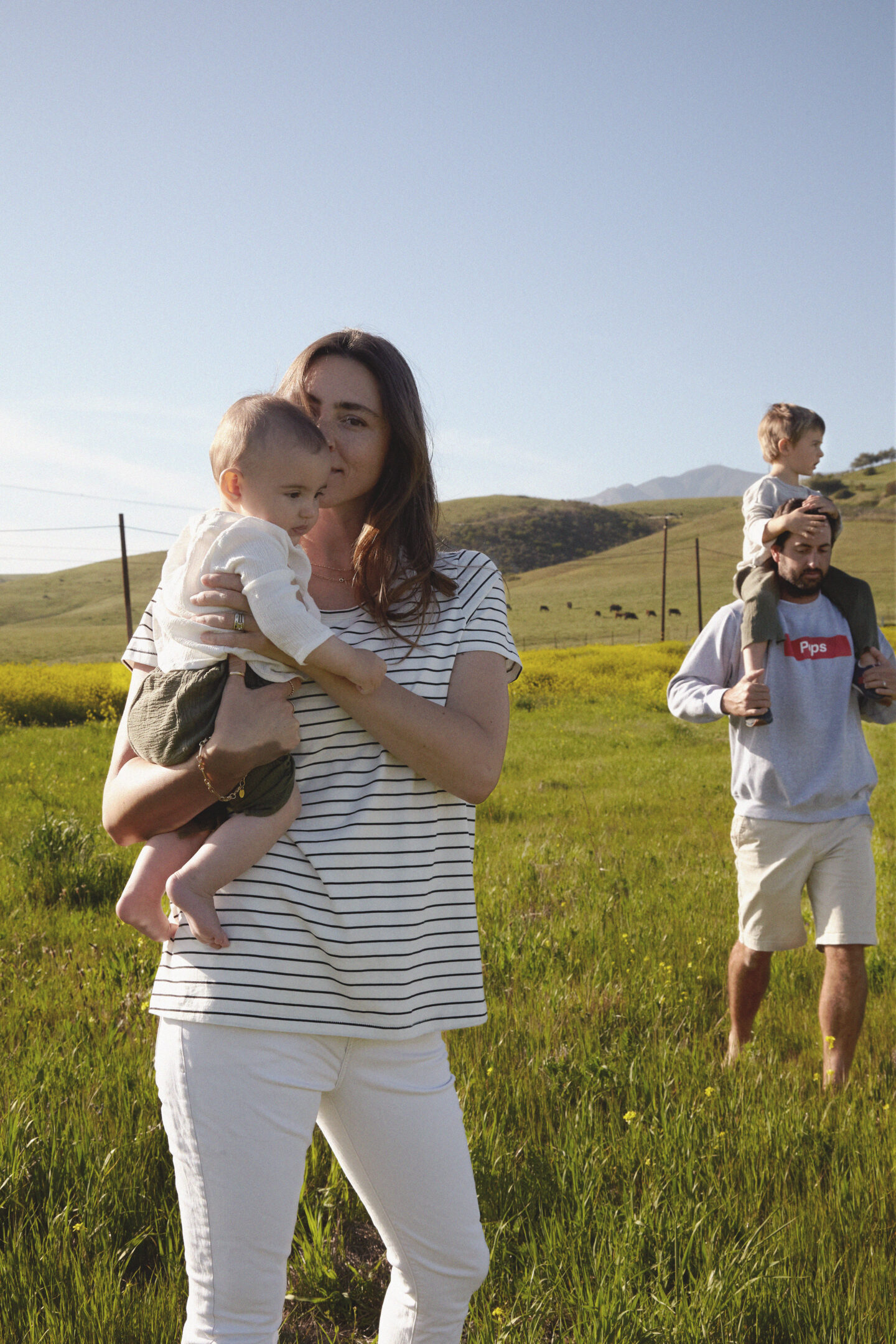In case you’ve been living under a rock or took a two-year Instagram hiatus, Dr. Becky Kennedy, aka “Dr. Becky” is a force in the family counseling space and the de-facto parenting expert for the millennial set. She’s known for her quick, quippy 15-second Instagrammed pearls of wisdom, covering everything from tantrums to sibling rivalry to the in’s and out’s of how we communicate with our children.
The Dr. Becky “Good Inside” parenting philosophy is that, at our core, we are all good inside. It’s also premise of her parenting platform of the same name and her new book, Good Inside: A Guide to Becoming the Parent You Want to Be.
On the heels of her Los Angeles book launch at HATCH Brentwood, we sat down with Dr. Becky to explore what it means to be good inside and how we can still keep firm boundaries while staying empathetic to our children.
Can you define the philosophy “Good Inside?”
The principle of internal goodness drives all of my work, and everything we do at Good Inside. At our core, we are compassionate, loving, and generous. Holding this belief that kids and parents are good inside, allows us to see behavior as an expression of needs, not identity– especially in difficult or highly charged moments.
When we tell our kids, “You’re a good kid having a hard time . . . I’m here, I’m right here with you,” they are more likely to have empathy for their own struggles, which helps them regulate and make better decisions in the future. Now to be clear, seeing our kids as good inside does not mean we give them permission to act however they want – no way. There’s nothing permissive or soft about the Good Inside approach. Seeing our kids as good inside actually allows us to act with firm boundaries, with parental authority, and with warm compassion – all at the same time.
How does Good Inside differ, or align with “Gentle Parenting?”
I don’t know exactly what “Gentle Parenting” is, but I can describe what Good Inside Parenting is and how it might relate. Good Inside Parenting assumes that everyone is doing the best they can with the resources they have at the time. Given this view, when kids struggle, we don’t see them as bad kids doing bad things, but rather as good kids having a hard time. This shifts the mindset of how we intervene – from punishing behavior and to skill-building to change behavior. There’s a misconception that focusing on kids’ emotional life is ‘soft’ – this couldn’t be more false. We feel before we think and so a focus on feelings is all about helping people from where their troubles start – this focus is logical, practical, and effective.
Seeing our kids as good inside does not mean we give them permission to act however they want.
Good Inside Parenting believes in boundaries, limits and jobs – both for parents and kids. And we teach parents how to embody their authority while showing their kids empathy and respect. The best thing about Good Inside’s approach is that we believe you can be two things – you can be sturdy and warm, you can be kind and disciplined, you can set rules and empathize.
Here’s an example, and I think you’ll see here where this approach isn’t at all ‘soft’ but also isn’t at all ‘scary’ – it’s sturdy. A parent might say to a child who is flailing and screaming on the floor: “You’re a good kid having a hard time. I’m going to pick you up and take you to a quieter place. You’re not in trouble. I’m going to stay with you so we can calm down together.”
What inspired you to create this form of parenting?
On February 28 2020, I started what I thought would be an Instagram account. I had so many ideas around parenting and self-care and I realized that Instagram would be the perfect place to put out some of these ideas in short, easy to digest, formats.
Just over two years later, Instagram is in some ways a small part of what I do. Today I have over one million followers, a nationally recognized podcast, Apples Best Shows of 2021/#1 in Kids & Family with over 8 million downloads in just over a year. And still, that’s not the best part – to be, by far the most exciting and compelling part of Good Inside is that we have a global movement and ultimately, a game-changing parenting community. Good Inside is truly more than the sum of its parts – we have a movement of over one million brave adults dedicated to growing, healing, and breaking cycles. Parents who are dedicated to showing up for their kids and themselves in a way that feels good.
Throughout my journey I have been amazed by the feedback on social media and in the community. Every time I read responses of gratitude and excitement and their “aha moments” I remember, we’re onto something here—I can feel it and I know others can, too. When we see the good inside ourselves, our kids, our parents, our friends, strangers, we build a more empathetic, caring world. Truly. Yes, this is a parenting movement, but we are also doing something much bigger. Moments like this make me pause. Step back, take a breath, and realize the enormity of what we’re doing together.
How do you suggest we handle zero-tolerance behavior like hitting / biting?
My kid is having a tantrum – what now? Remember this during a tantrum: “My job is to keep myself calm and keep my child safe.” – this means, we don’t have to end a tantrum, just keep a child safe during it. So if there is hitting or throwing or anything dangerous, step in with an “I won’t let you” phrase – “I wont let you hit me… You can hit the floor here” or “I won’t let you throw blocks. I’m picking you up and carrying you to your room and I’ll stay with you.”
Then, once you’ve assured a child’s safety, stay and focus on your own breathing. Your calm presence during your child’s tantrum teaches them and gives them everything they need – they feel your regulation and borrow it to reground their own bodies. You might, during this time, name a wish a child has: “You wish you could have ice cream for breakfast, I know!” or you might just share supportive words like this: “I’m here. I know this is hard. You’re a good kid having a hard time. I’m right here with you.”
